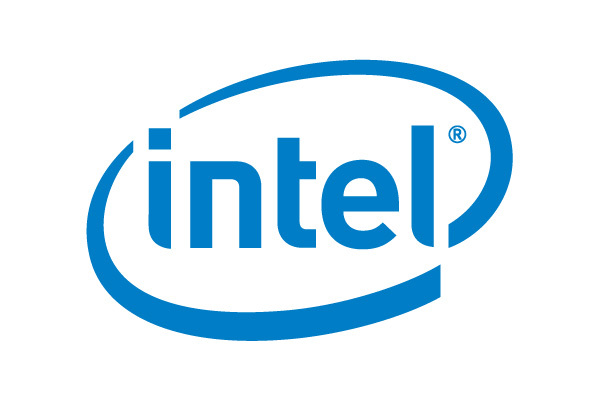CVE-2019-1172 Disclosure of Azure AD personal account auth token to malicious websites when using the recommended browser extension 1/2
CVE-2019-1172 is the first vulnerability I discovered in Windows and it allows the disclosure of Azure AD personal account auth token to malicious websites when using the recommended browser extension.
The vulnerability lies in an incorrect check of the origin of a web request: “login.live.com” is the only authorized host, however “login.live.com.example.com” (under the control of “example.com”) is also accepted!
This is a classic and unimpressive issue. But in this post, I will explain how I discovered it and I think the journey is more interesting than the end result here. I will also give details about the vulnerability and share a PoC.
Also, it may look easy once finished and summarized in an article, but note that I discovered almost everything on the fly! So can you 😉








